The Chinese character 農 (nóng) stands for farming or agriculture. As a verb, it refers to tilling the soil, cultivating the land, or engaging in farming.
農 is an ideogrammic compound, a type of Chinese character consisting of two or more characters with similar or different meanings combined to create new characters.
In 農, 辰 (chén) on the bottom, which means early morning, is a pictogram that depicts a man holding a hoe, while 曲 (qǔ, qū) on the top is a reference to the character 田 (tián), which is a pictogram depicting plots of land.
Together, the two components convey the idea of a farmer using a hoe to work in the field.
Examples of terms that contain 農 include 農夫 (nóng fū), a farmer; 農民 (nóng mín), farmers or peasantry; 農場 (nóng chǎng), a farm or farmstead; 農村 (nóng cūn), a village, rural area, or the countryside; and 農業 (nóng yè), the agricultural industry.
The traditional Chinese calendar is called 農曆 (nóng lì), literally “agricultural calendar.” It is also called 陰曆 (yīn lì), “lunar calendar”; 舊歷 (jiù lì), “old [old-style] Chinese calendar”; and 夏曆 (xià lì), “summer calendar.”
不違農時 (bù wéi nóng shí), literally “do not defy the farming season,” advises farmers to do their work in the right season and not to miss the planting season.
The phrase conveys the importance of agricultural production and expresses care and concern for the challenges faced by farmers.
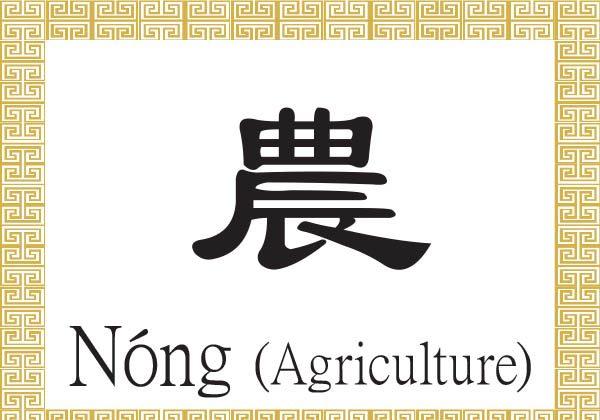
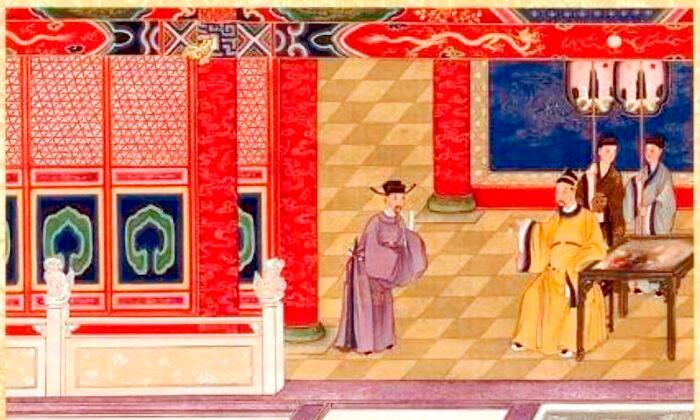
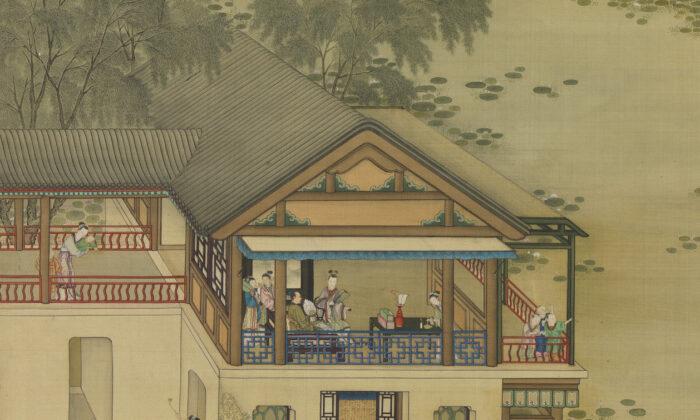
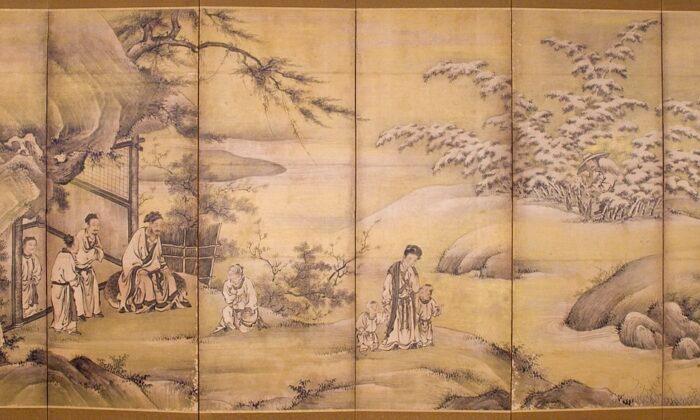
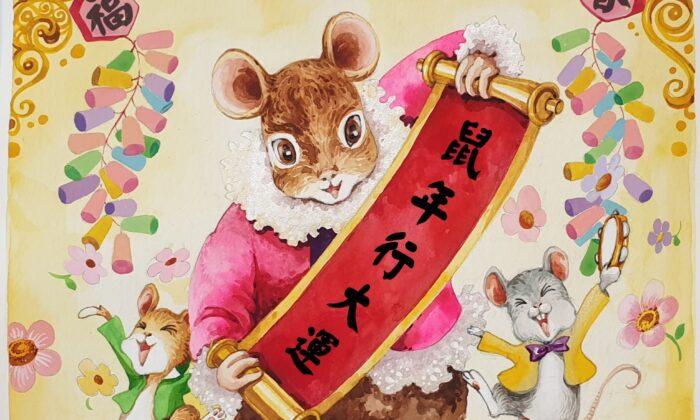
Friends Read Free